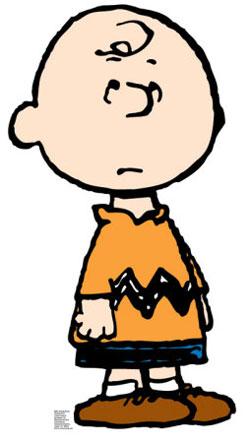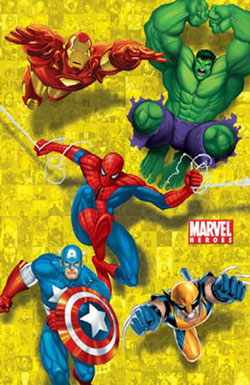| Search Art Prints | ||||||||||||||||||||
| Search Artists | ||||||||||||||||||||

|
||||||||||||||||||||
|
|
|||||||||||||||||||

Comic Book Art
Comic Book Art
The very first comic book was born in the United States and is often said to have been officially launched by ‘Famous Funnies’ in 1934. What followed was mass production of a wide assortment of comic books that eventually led comic book  historians to categorize them according to their birthday. They are either part of the Golden Age, Silver Age, Bronze Age, or Modern Age.
historians to categorize them according to their birthday. They are either part of the Golden Age, Silver Age, Bronze Age, or Modern Age.
Today, comic books are still very popular and their acclamation is due, in great part, to the talented comic book artists who create them. The amazing imagery found in the pages of a comic book triggers the reader’s imagination, where fantasy worlds exist.
How is a Comic Book Made?
Comic book art is not easy. Much detail is required to create a good comic book that will attract readers, especially in our modern world of movies, DVD’s, televisions and computers.
Before any of the characters or imagery can be drawn, the artist must put his or her head together with the writer. The first thing on the agenda is to discuss and develop a story line that will captivate readers. Next, characters are created, situations are devised, and scenery is established, so on, so forth. The writer’s script must be meticulously followed by the artist in order to please everyone involved.
The artist proceeds to draw a rough sketch in pencil of each comic book page, and uses these rough drafts as a guideline for his art work. At this stage of development, all the necessary comic book art elements, such as narrative, sound effects, and dialogue balloons, are included in a different shade from the main illustrations so that they are distinguishable.
At the time when the finished pencil art work is presented to the editor, it may be required that the artist  make changes to the drawings to further ensure that the imagery matches the script. After the editor’s final approval, the drawings are enlarged and sent to the inker, whose role is vital to comic book art.
make changes to the drawings to further ensure that the imagery matches the script. After the editor’s final approval, the drawings are enlarged and sent to the inker, whose role is vital to comic book art.
The inker is responsible for introducing shadows, adding special effects, separating the foreground from the background, and carrying out several other tricky tasks. The final result will show the sound effects, dialogue, and narrative boxes as they should be, in their own unique fonts and style.
When the inker’s work is done, the copy of the comic book is sent to the colorist whose job is to find the perfect shade of every color for every character, as well as every detail, in the comic book’s imagery. A computer is used in order to save all the color data on file for future comic books of the same series. A proof copy of the finished product is printed and forwarded for final review.
Following approval, the comic book is sent to print. The pages are placed in the correct order, printed, cut, piled, folded, and stapled. Millions of copies can then be shipped out to comic book stores all over the world!
Comic Book Art and Popular Culture
Comic books have definitely made an enormous impact on popular culture in recent years. A significant number of comic book characters have jumped from the page to the big screen. Prominent figures such as the Fantastic Four, X-Men, Transformers, Watchmen, G.I. Joe, Spider-Man, Batman, Superman, and other superheroes, whose mission is to save the world, have delighted movie-lovers, young and old alike.
Many films portraying comic book characters have been incredibly successful at the box office, but it is important to acknowledge the comic book artists who originally created these memorable characters. Without them, the super heroes that people have grown to love would never have existed.
Lucky for us, skillful artists are still hard at work producing new comic book art that will entertain avid readers and movie-goers, who love to escape to an imaginary world.
Donovan Gauvreau
Art Historian, Donovan Gauvreau lectures about art therapy with a focus on creativity development. He believes we can learn from the great masters in art to communicate ideas and feelings through painting. He provides content for www.AaronArtPrints.org to educate and inspire people to take a glimpse into an artist's life to better understand the meaning behind their work.











